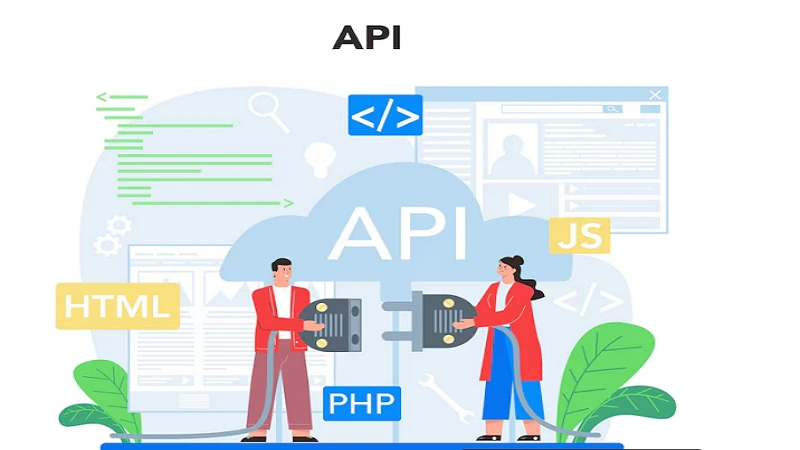The phrase “7.14m WaymoHawkins TheVerge” has been circulating in discussions around autonomous driving technologies and the future of transportation. In this article, we will explore what it represents, why it matters, and the practical steps individuals and businesses can take to adapt to the evolving landscape of autonomous vehicles. The keyword combination hints at a significant event or investment, possibly involving Waymo—a leader in self-driving technology—and tech industry insights from The Verge. Let’s dive deeper to unpack its implications and practical applications.
Understanding the Context of 7.14m WaymoHawkins TheVerge
The term “7.14m” likely refers to a monetary figure or a milestone, such as $7.14 million in funding, investment, or revenue. Waymo, a subsidiary of Alphabet Inc. (Google’s parent company), is a prominent player in autonomous vehicle technology.
When combined with the name Hawkins, it may reference a key individual or executive within Waymo or a contributor from The Verge—a popular technology news website that covers advancements in AI, mobility, and self-driving cars.
Let’s break this down further:
- Waymo: A leader in autonomous driving technology.
- Hawkins: Could refer to a notable figure involved in Waymo or The Verge.
- The Verge: A reputable tech news platform that often covers Waymo’s progress.
Together, this phrase may hint at a new development in autonomous driving. Next, we’ll look at how Waymo is shaping the industry and what practical steps businesses can take to keep up.
Waymo’s Role in the Autonomous Vehicle Industry
Waymo is at the forefront of the autonomous vehicle (AV) revolution. The company’s mission is to make transportation safer and more accessible by eliminating the need for human drivers. Here are some key milestones:
- Waymo One: The company launched the first fully autonomous ride-hailing service in Phoenix, Arizona.
- Waymo Driver: Its self-driving technology is applicable to various vehicle types, including cars, trucks, and delivery vans.
- Partnerships: Waymo has partnered with companies like Jaguar, Volvo, and UPS to integrate autonomous technology into their fleets.
Practical Step #1: For businesses in the transportation or logistics sector, it’s essential to explore partnerships with autonomous driving companies. By integrating self-driving technology, businesses can reduce operational costs and improve safety.
The Verge’s Coverage of Autonomous Driving Trends
The Verge has been a leading source of information on technological advancements, including self-driving cars. Their insights are invaluable for understanding where the industry is headed.
Key Trends Highlighted by The Verge:
- Regulatory Challenges: The need for clear policies governing autonomous vehicles.
- Public Acceptance: Building trust among users to embrace self-driving technology.
- Safety Improvements: Reducing accidents and fatalities on the road through automation.
Practical Step #2: Stay updated with trusted sources like The Verge to monitor industry trends. Knowledge of regulatory changes, public sentiment, and safety benchmarks can help businesses make informed decisions.
The name Hawkins could refer to a person influential in the autonomous driving space. For example:
- James Hawkins: Hypothetically, a Waymo executive or a key journalist covering the company.
- Contributor at The Verge: A writer or analyst providing insights into Waymo’s progress.
Regardless of the specific identity, it’s essential to follow thought leaders in the autonomous vehicle space.
Practical Step #3: Identify key influencers and analysts in the AV industry. Following their updates on platforms like LinkedIn or Twitter can provide valuable insights.
What Does the 7.14 Million Figure Signify?
The “7.14m” figure could signify a significant financial development, such as:
- Investment in Waymo: Reflecting a recent funding round.
- Revenue Milestone: Indicating a growth achievement.
- Cost Savings: Showcasing the economic benefits of adopting autonomous driving technology.
How to Leverage Autonomous Technology:
- Invest in Self-Driving Solutions: Consider integrating autonomous vehicles into your fleet.
- Adopt AI-Powered Logistics: Use AI to optimize routes, reduce fuel consumption, and enhance efficiency.
Practical Step #4: Businesses should analyze the potential ROI of adopting autonomous technology. Conduct a cost-benefit analysis to understand the long-term impact.
Despite its promise, the autonomous driving industry faces challenges:
- Regulatory Hurdles: Governments need to establish clear guidelines.
- Public Skepticism: Building trust is essential for mass adoption.
- Technological Limitations: Ensuring the technology can handle all driving scenarios.
Practical Step #5: Engage in public outreach and education about the benefits of autonomous driving. Transparency and communication can help build trust.
The Future of Autonomous Driving
Looking ahead, autonomous driving is expected to:
- Increase Safety: By reducing human error.
- Improve Accessibility: Providing mobility solutions for those unable to drive.
- Enhance Efficiency: Streamlining logistics and reducing congestion.
Industries That Will Benefit:
- Transportation: Ride-hailing, trucking, and delivery services.
- Healthcare: Autonomous vehicles can help transport patients or deliver medical supplies.
- Retail: Self-driving delivery vans can revolutionize last-mile logistics.
Practical Step #6: Businesses should consider future-proofing their operations by investing in autonomous vehicle solutions.
Conclusion
The term “7.14m WaymoHawkins TheVerge” symbolizes the ongoing evolution of autonomous driving technology. Waymo’s advancements, coupled with insights from tech experts, are shaping the future of transportation.
For businesses, now is the time to:
- Explore partnerships with autonomous vehicle companies.
- Stay updated with industry trends.
- Invest in future-ready logistics solutions.










